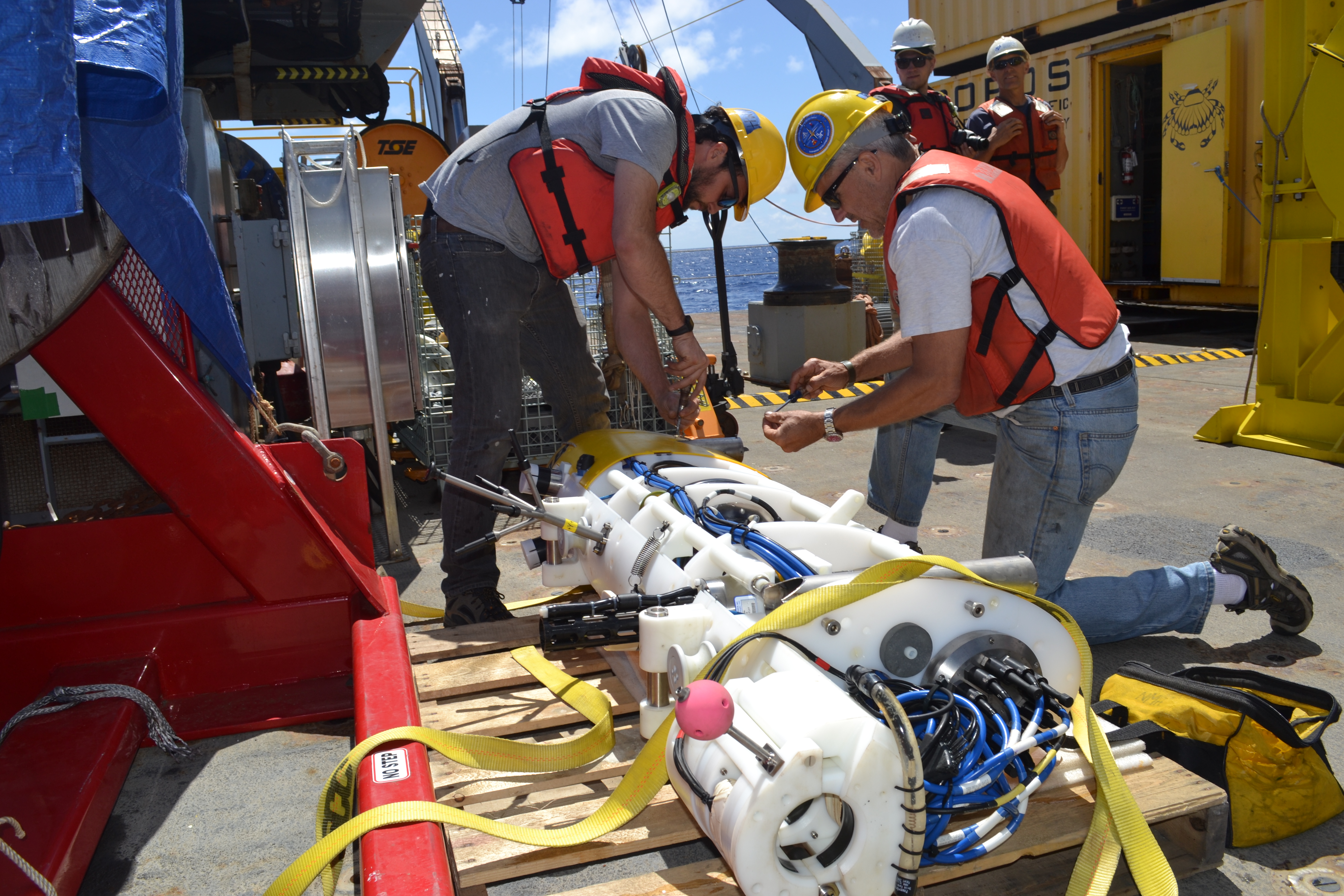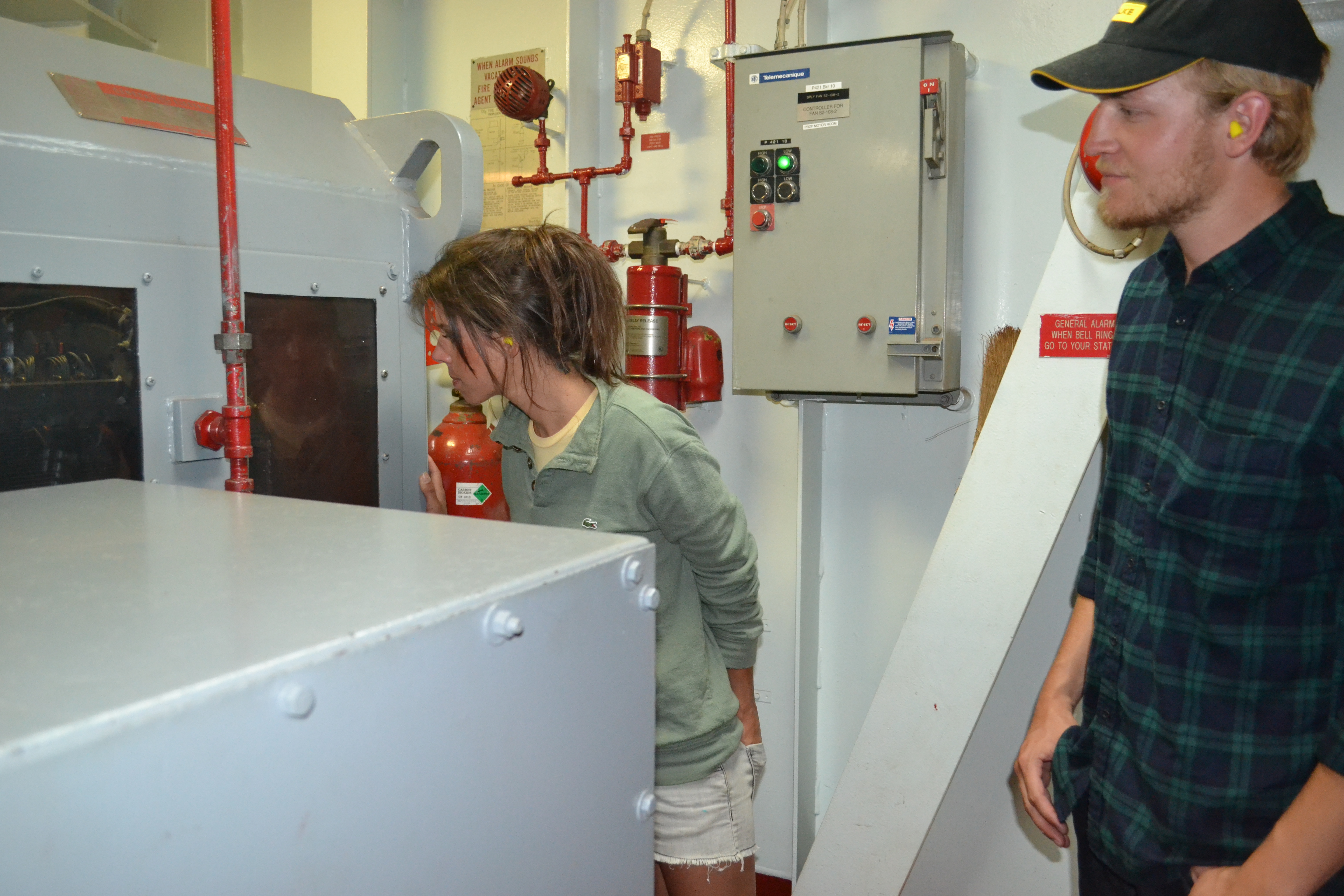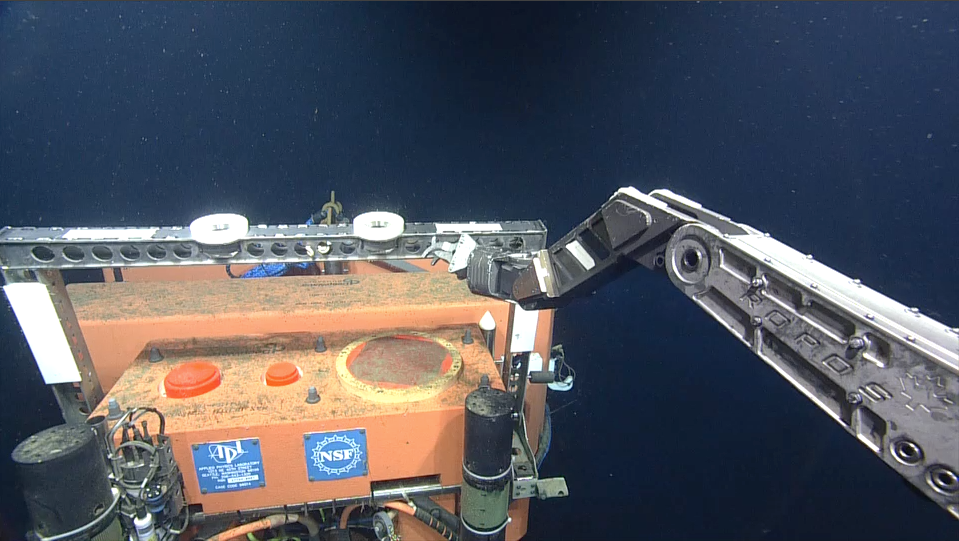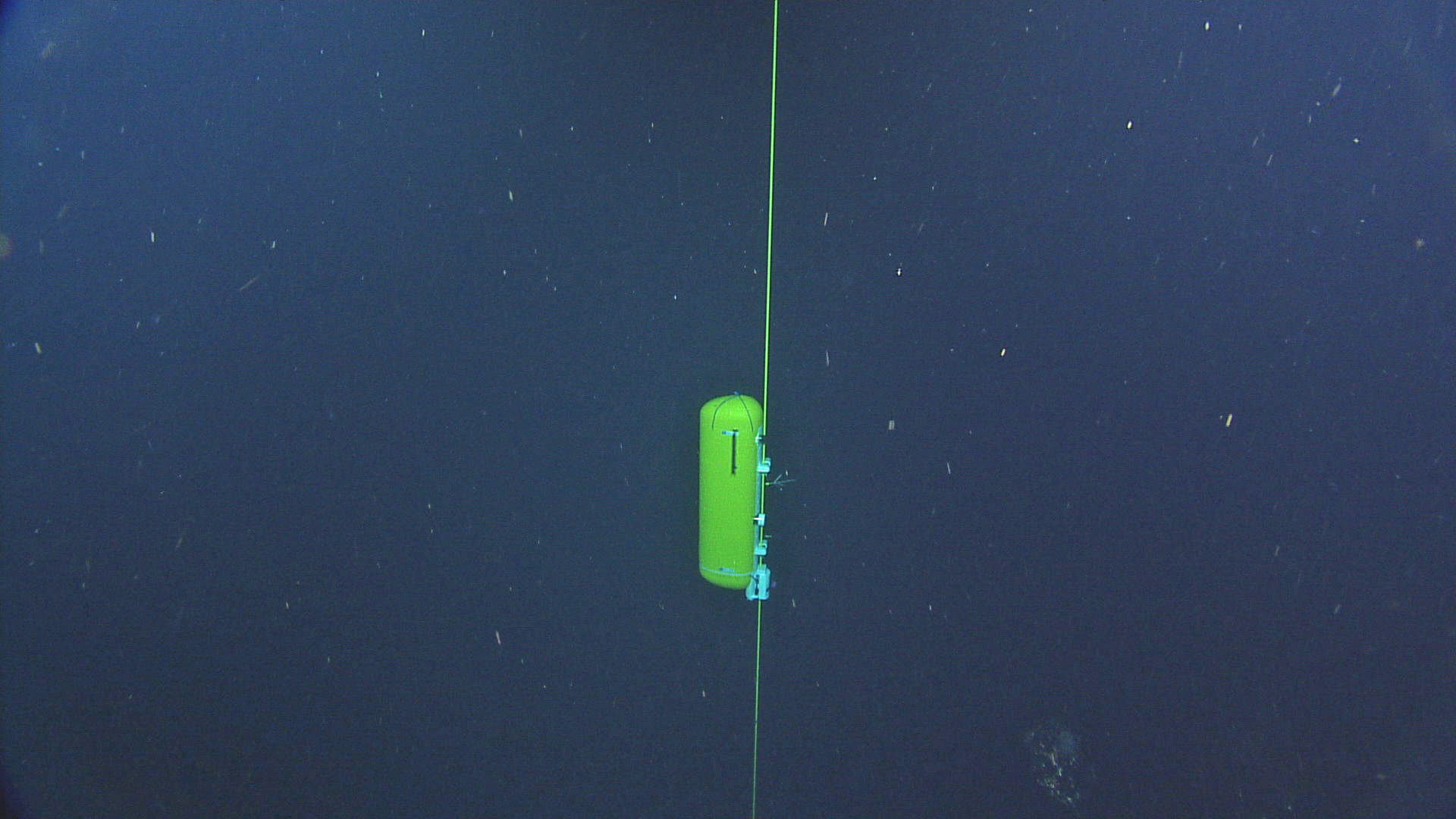Image Archive





























Deep Profiler float recovered during Leg 2 having been used as a scallop nursery. Credit: Tracie Barry (Grays Harbor College); V15.

Tracie posing with her artfully decorated marker that ROPOS will emplace on the seabed at Axial Seamount. Credit: Vinnie (ROPOS); V15.

A Condor lands next to the stern of the ship, hoping to collect some food scraps. Credit: Quae Atwood (Western Washington University); V15.

Jessica Noe (left) on deck enjoying the sun on an unusually calm day and using the opportunity to pester Deb Kelley (right) with even more questions about the OOI. Credit: Tracie Barry, Grays Harbor College, V15

Elongate pillow flows with glassy fingers cascade down from the summit of the eruption, which reaches >400 thick. Credit: NSF-OOI/UW/ROPOS; V15.

White, filamentous bacteria thrive in warm fluids being emitted from the 3-month old lava flow on the Northern Rift of Axial Seamount, April 24th, 2015. Credit: UW/NSF-OOI/CSSF; ROPOS; V15.

Thick, orange bacterial mats coat 3 month old pillow basalts created during the eruption of Axial Seamount that started April 24th, 2015. Green lasers are 10 cm apart. Credit: UW/NSF-OOI/CSSF; ROPOS; V15.

Black, glassy pillow basalts erupted as part of the April 24th, 2015 event overly older, lightly sedimented flows along the northern rift zone of Axial Seamount. Credit: NSF-OOI/UW/ROPOS; V15.

During Dive R1862, ROPOS attaches a line to the float on the deep profiler mooring at Axial Base in preparation for its recovery. Credit: NSF-OOI/UW/ISS; V15.

Tim McGinnis and Nick Michel-Hart of the UW Applied Physics Laboratory begin to disassemble and inspect the crawler recovered from the Deep Profiler Mooring at Axial Base. Credit: Mitch Elend, UW; V15.

Quae (Western Washington University) and Tracie (Grays Harbor College) peer into the rear thrusters’ electric motors during the engine tour. Credit: Jessica Noe, University of Washington; V15.

Chief Engineer Paul gives Leg 2 students of tour of the R/V Thompson's shop and engine room. Credit: Joe Kalisch, Grays Harbor College, V15.

A bright yellow pedicellasterid starfish (unknown species) clings to a small carbonate cobble ~3000 ft beneath the ocean surface. Credit. NSF-OOI/UW/ISS; V15, ROPOS Dive R1858.

The float atop the Deep Profiler Mooring at the base of Axial Seamount has become a habitat for schools of fish. Credit: NSF-OOI/UW/CSSF; ROPOS Dive R1860, V15.

A very large anemone and octopus call the anchor of the Slope Base Shallow Profiler Mooring home. Credit: NSF-OOI/UW/ISS; V15 ROPOS Dive R1848.

r49

r481

r47

r46

45

r44

r42

skate_41

THe Oregon Endurance Offshore instrumented profiler travels down the wire on the Deep Profiling Mooring during its initial testing following installation. Credit: NSF-OOI/UW/ISS.V15, Dive R1859.

Skadis Cauldron, which was venting huge masses of microbial material and fluid following the 2011 eruption, still emits minor flow of cloudy fluid three years after this event. Credit: NSF-OOI/UW/ISS; V15 Dive R1839.

A Neptunea egg casing hosts a beautiful pink sea anemone near a new seep site. Credit: NSF-OOI/UW/ISS; V15.

A yellow pedicellasterid starfish (unknown species) clings to a small sponge-encrusted carbonate cobble on the Oregon margin during ROPOS Dive R1958. Credit: NSF-OOI/UW/ISS; V15

Alex helps with the CTD onboard the R/V Thompson during Leg 2 of the VISIONS'15 cruise. Credit: Krista Nunnally, University of Washington, V15.
- Anemone
- Animal
- Arthropod
- ASHES
- Axial
- Axial Base
- Axial Biology
- Axial Caldera
- Bacteria
- Basalt Lava
- BEP
- Biofouling
- biolgoy
- Biology
- Camds
- Camera
- Camhd
- Central Caldera
- Ciliates
- Cnidaria
- Coastal Biology
- Crab
- Deep Profiler Mooring
- Dive Highlights
- Eastern Caldera
- Echinoderms
- Endurance Array
- Engineering Team
- ENLIGHTEN 10
- Exploratorium
- Fish
- Geology
- HD Camera
- HPIES
- Hydrate Ridge
- Hydrates
- Hydrophone
- Hydrothermal Vents
- Illustration
- Inshore 80 Meters
- Instrument
- International District
- J-BOX
- Jason
- Jellyfish
- Junction Box
- K12
- Lava
- Mollusk
- Moorings
- Nodes
- Nudibranch
- Octopus
- OOI
- Oregon Offshore
- Oregon Offshore 600 m
- Oregon Shelf
- Oregon Slope Base
- People
- PN1B
- PN1D
- Polychaetes
- PPSDN
- Primary Node
- RASFL
- ROCLS
- ROPOS
- ROPOS Dives
- ROV Team
- RV Revelle
- RV Sikuliaq
- RV Thompson
- Salp
- Sample
- SC13
- Science Team
- Sea Cucumber
- Sea Star
- Sea Urchin
- Seafloor
- Seismometer
- Sensors
- Shallow Profiler Mooring
- Shark
- Shipboard
- Shore Station
- Slope Base
- Smoker
- Soft Coral
- Southern Hydrate Ridge
- Sponge
- Squid
- Students
- Students & Guest Participants
- Tmpsf
- Tubeworms
- VISIONS 11 Leg 1
- VISIONS 11 Leg 2
- VISIONS 11 Viewers
- VISIONS 13
- VISIONS 14
- VISIONS 15
- VISIONS 16
- VISIONS 17
- VISIONS 18
- VISIONS 20
- VISIONS 22
- VISIONS 23
- Visualization
